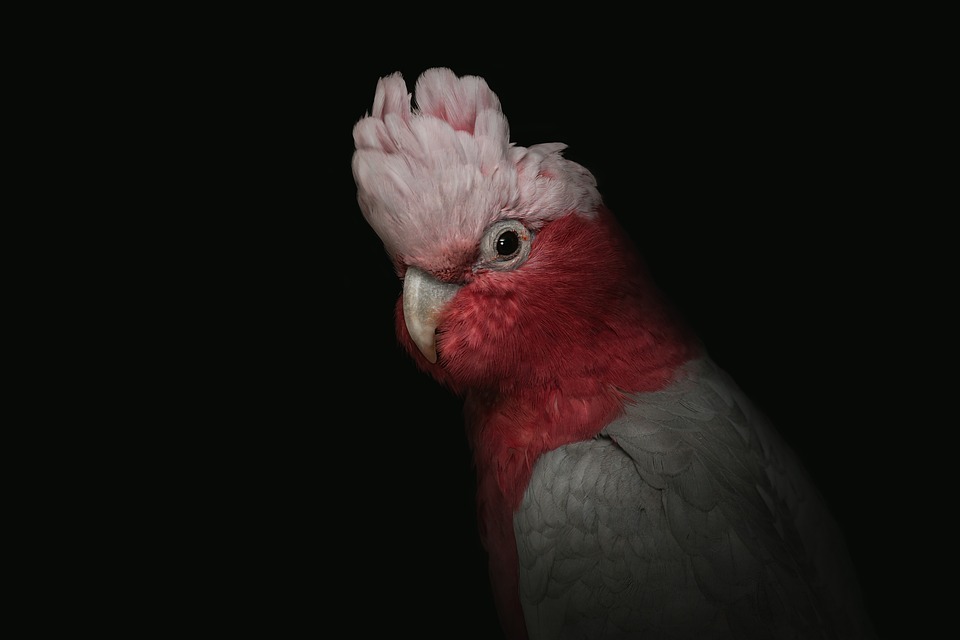Parrots are highly intelligent and social creatures that require mental stimulation and engagement to thrive in captivity. Providing various forms of enrichment is essential to keep them mentally and physically active, preventing boredom, frustration, and potential behavior problems. In this article, we will explore effective strategies to encourage parrots to interact with different types of enrichment, promoting their overall well-being and enriching their lives.
Understanding Parrot Behavior: Unlocking Their Natural Instincts
Before delving into the different types of enrichment, it’s crucial to understand a parrot’s natural instincts and behavior. Parrots are highly curious, explore their surroundings, and engage in various activities like foraging, playing, and socializing. By incorporating enrichment activities that mimic their natural behaviors, we can tap into their instincts and provide a fulfilling environment.
1. Foraging Enrichment: Hidden Treasures
Parrots have a natural instinct to forage for food, spending hours searching for seeds, fruits, and nuts in their natural habitat. By introducing foraging enrichment, we can replicate this behavior and stimulate their problem-solving skills. Here are some ideas to get started:
– Puzzle feeders: Invest in puzzle feeders that require parrots to manipulate objects to access their food. These feeders can be filled with their regular diet or favorite treats, encouraging them to engage in problem-solving and physical activity.
– Scatter feeding: Instead of placing food in a dish, scatter it in different areas of the enclosure. This forces parrots to move around, explore, and forage for their meals, simulating their natural foraging behavior.
– Food-dispensing toys: Use toys that dispense treats or pellets when manipulated by the parrot. This keeps them engaged and motivated to explore new ways of accessing their food.
2. Interactive Toys: Playtime for Parrots
Parrots are highly playful creatures and enjoy interacting with toys. Providing a variety of toys can keep them entertained and mentally stimulated. Here are some toy ideas to consider:
– Shreddable toys: Parrots love tearing things apart. Offer shreddable toys made of bird-safe materials like paper, cardboard, and natural fibers. This allows them to engage in their natural shredding behavior without causing any harm.
– Puzzle toys: Consider toys that require parrots to solve puzzles or manipulate objects to access rewards. These toys challenge their problem-solving skills and keep them mentally engaged.
– Climbing toys: Parrots enjoy climbing and exploring their environment. Provide ladders, ropes, and perches that encourage physical activity and simulate the experience of moving through tree branches.
3. Social Enrichment: Flock Time
Parrots are highly social animals and thrive on interaction with their human caregivers and other parrots. Incorporating social enrichment activities into their daily routine is crucial for their emotional well-being. Here are some ideas:
– Daily out-of-cage time: Allow your parrot supervised time outside their enclosure to explore their surroundings, interact with their human family, and engage in playtime.
– Parrot playdates: Arrange supervised playdates with other parrots, ensuring that the birds are compatible and that the interaction is positive. This provides important socialization opportunities for parrots.
– Training sessions: Engage in regular training sessions with your parrot. This not only stimulates their mental faculties but also strengthens your bond with them.
FAQs: Frequently Asked Questions
Q: How often should I change the enrichment items?
A: It’s essential to rotate and introduce new enrichment items regularly. This prevents boredom and keeps the parrot engaged. Aim to change toys, puzzles, and foraging opportunities every few days or weekly.
Q: Can I use household items as enrichment toys?
A: Yes, but always ensure that the items are safe and non-toxic for your parrot. Avoid using items with small parts that can be ingested or materials that may cause harm.
Q: What if my parrot shows no interest in the provided enrichment?
A: Every parrot is unique, and it may take time for them to warm up to new enrichment items. Be patient and observe their preferences. Experiment with different types of enrichment until you find what captures their interest.
Q: Is it possible to overstimulate a parrot with too much enrichment?
A: While enrichment is essential, it’s crucial to strike a balance. Overstimulation can result in stress and anxiety. Observe your parrot’s behavior and adjust the level of enrichment accordingly.
In conclusion, providing parrots with a range of enrichment activities that cater to their natural instincts is vital for their well-being. By incorporating foraging, interactive toys, and socialization, we can ensure that our feathered friends lead fulfilling and enriched lives. Remember to observe and adapt to your parrot’s preferences, ensuring a stimulating yet balanced environment.









